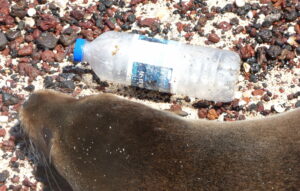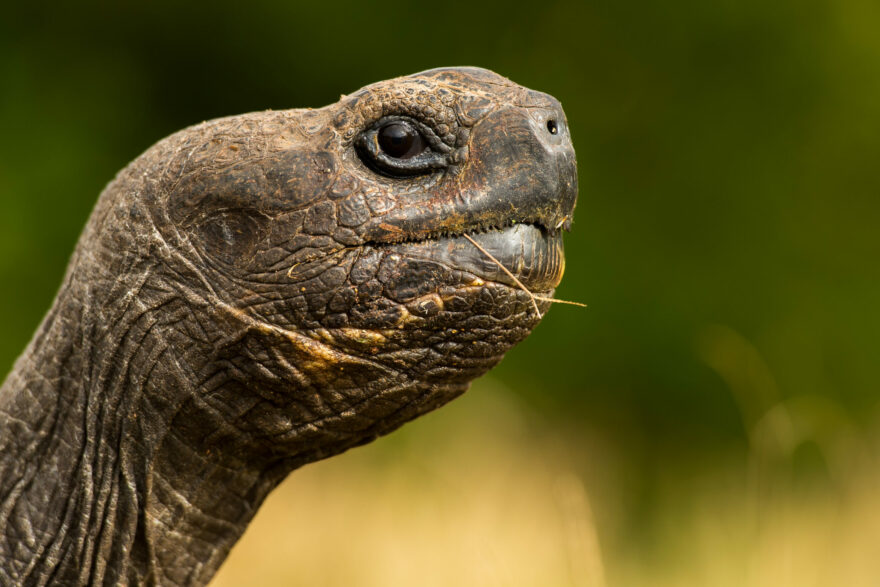
What is pollution?
Pollution is defined as the ‘introduction of contaminants into the natural environment, causing adverse change.’
Pollutants can be of natural causes, such as volcano ash, or manmade, such as smoke or plastic pollution.

Pollution in the Galapagos Islands
Waste management and pollution control in Galapagos is a growing concern. Plastic packaging is used in large quantities to wrap imported fresh foods, water and other cargo shipped from the continent in addition to the day-to-day usage of convenient single use plastics. The increase in visitors to the Islands in recent years, as well as the increase in permanent residents, means that the amount of waste created is also on the rise. Waste and pollution must be minimised as much as possible in order to preserve the unique habitats of not only Galapagos, but the world as a whole.
The reduction of land and marine pollution in Galapagos is of paramount importance. The Galapagos National Park is well maintained and protected by Park rangers and volunteers, and coastal clean-ups are held regularly. The Galapagos Marine Reserve is also highly protected and frequently patrolled. The ocean, however, is filled with buoyant plastic waste which is a constant threat to every coast, no matter how many patrols are carried out. In addition, soil and noise pollution are created by the increasing human activity on the Islands, and light pollution can affect the migration of birds and turtles.
The Galapagos National Park aims to keep both the land and sea clean for the benefit of the local people, the wildlife and visitors to the Islands. Pollution can have a devastating effect on the native wildlife of Galapagos, especially plastic pollution. Debris in the ocean is mistaken for food by marine creatures such as turtles and ingested, and rubbish can cause injuries or entrapment for both land and marine wildlife. We are working with partners to try and create a plastic pollution-free marine reserve and experts believe that Galapagos is best placed, of anywhere in the world, to be able to do so.

Tackling pollution
One of the best ways to combat long-term pollution is through education. We support and deliver outreach and education projects on the Islands as well as through our online, bilingual education resource Discovering Galapagos. The issues faced in the microcosm of Galapagos are of global relevance and the communication of these problems and their potential solutions could influence conservation management strategies in other areas of the world.
Our Plastic Pollution Free Galapagos programme has made huge progress in identifying the sources and effects of marine plastic, and we are working to implement solutions both on the Islands and in mainland South America, as well as making the case for more effective regulation of fishing vessels that are dumping plastic at sea.
Plastic pollution in numbers

69 %
of plastics found on Galapagos coastlines are single-use items

52
species found entangled, in affected habitats or ingesting plastic

40 %
of plastic pollution in Galapagos is from maritime sources

> 95 %
of plastic in Galapagos likely to originate outside the Marine Reserve

Help the wildlife of Galapagos survive and thrive
There are many ways to support our vision for a sustainable Galapagos: why not adopt an animal, become a GCT member or donate today?
Find out more about pollution...


New research shows that Galapagos giant tortoises are ingesting plastic waste

Creating a circular economy for plastics in Galapagos





